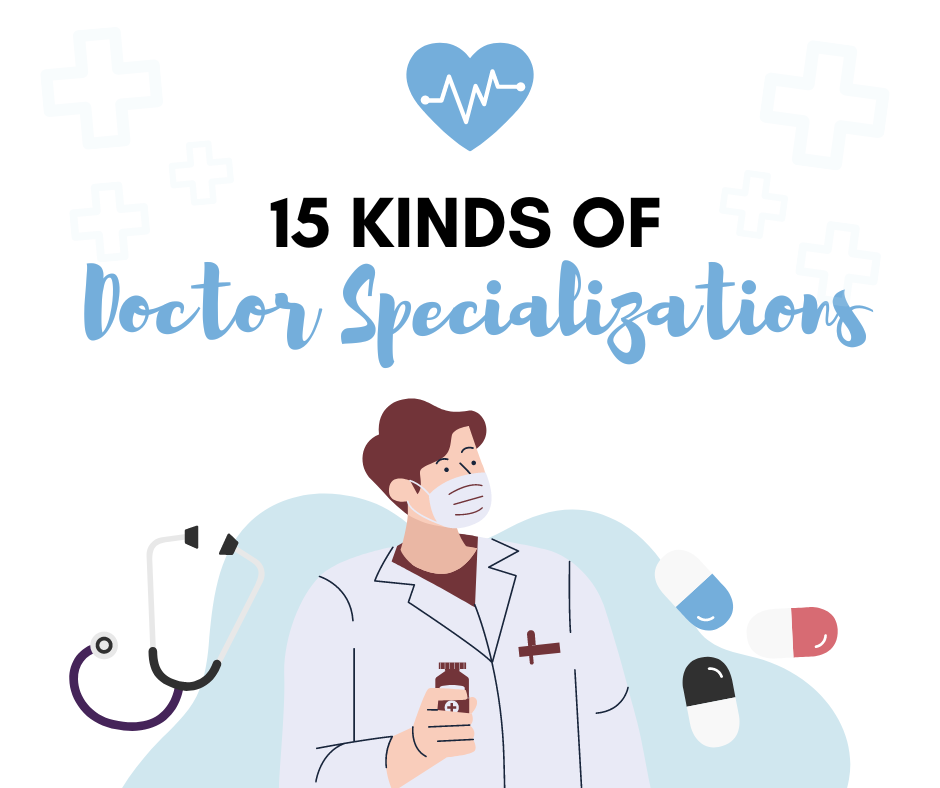
2023 has finally come, and along with the new year comes new food trends for you to try. In this article, we’ll be talking about new and rising trends in food consumption that’ll probably happen this year and why you should be hopping on the bandwagon too!
1. Budget Eats
With inflation hitting hard across the world, more and more people are deciding to stay at home and prepare their own food for consumption. As eating out at restaurants is approximately three times as expensive on average, this is the budget-friendly decision to make as one restaurant meal can probably buy you a few days of groceries!
Besides eating more at home, what people spend on groceries will also be affected. For example, instead of buying thick cuts of pork or beef, they could instead opt for cheaper protein sources like legumes, beans, or chicken. They can also buy frozen vegetables or canned fruits instead of fresh fruit and vegetables because they last longer in storage.
2. Plant-Based Eats
Besides the rising costs of meat, another reason why more and more people are abstaining from meat is its effects on our health. Indeed, excess consumption of meat can make you prone to heart disease and cancer among many other dangerous conditions.
This is why many people these days are experimenting with plant-based meat alternatives, which taste similar to the real thing. Plant-based burgers, sausages, and chicken nuggets are just some of the foods that are rising in popularity today.
3. More Fruits and Vegetables in Diet
You don’t have to say goodbye to meat forever to be healthy. Indeed, you can just focus on adding more fruits and vegetables to your diet, which is exactly what a lot of people do to look after their health. And they do it oh, so creatively!
For example, instead of using regular white pasta, they could use pasta incorporated with vegetables, or even pasta made from vegetables (e.g., zucchini pasta). There’s also replacing butter you use on toast with jams or guacamole instead. Who said food consumption couldn’t be fun?
4. Lab-Grown Meat
Lab-grown meat is a more ethical and environmentally-friendly way to produce meat. Here, cells are extracted from an animal and grown in the laboratory. For all intents and purposes, this lab-grown meat is exactly the same as meat procured from animals, except that they don’t come with the baggage of animal meat like greenhouse gas emissions and foodborne illnesses.
Lab-grown meat has yet to be approved or recommended by the FDA, but with frequent experimentations, this will only be a matter of time.
5. Sustainable Eats
Climate change is a real thing, unfortunately, and a lot of people these days are taking matters into their own hands and eating with the environment in mind. According to a 2022 survey by Cargill, as a matter of fact, people are more attracted to food for consumption with sustainability labels in their packages! So, the next time you see foods packaged with recyclable materials, know that you’re doing a small part in protecting the environment.
Some people even take it a step further and use foods with upcycled ingredients. For example, Whole Foods uses leftover oatmeal from their oat milk production in their chocolate chip oatmeal cookies to really make good use of their oatmeal.
6. Feel-Good Eats
Mental health awareness has been on the rise in recent years, and some people have begun realizing that certain foods can help combat depression, anxiety, and other cognitive and mental health issues.
B vitamins, for example, are great for your brain and can be found in many natural food sources like broccoli, leafy greens, eggs, dairy, and seafood. Coffee and tea are also known to boost cognitive function and thus prevent problems from affecting your brain and mind.
Food shouldn’t just taste good—it should feel good too!
7. Non-Alcoholic Drinks
Excessive alcohol consumption has always been bad for your body. You know it, your doctor knows it, and probably even your neighbor’s pet cat knows it. It causes irreparable damage to your liver, kidneys, heart, stomach, and more!
With that said, people don’t drink as much alcohol these days, and when they do, it’s not usually a lot. Indeed, with so many non-alcoholic alternatives on the market, laying off the alcohol is so much easier these days. You can have fun and let loose without putting pressure on your organ systems with alcohol-free beers, spirits, and wine!
8. Gut-Healthy Eats
Your gut is an oftentimes overlooked part of your health and lifestyle. In years past, people were more focused on feeding themselves rather than feeding themselves and the plentiful bacteria in the stomach that help it digest food! If you don’t take care of your gut bacteria, you risk developing diseases like diabetes, cancer, heart disease, and more.
Prebiotics and probiotics can help you there. Prebiotics are foods that feed existing good bacteria in your gut. Probiotics are foods that contain good bacteria.
9. Seafood
Seafood is packed with a ton of healthy fats, vitamins, and minerals, but sadly, not a lot of Americans eat the recommended intake of them. With its affordable price, long shelf life, and health benefits, seafood is the perfect addition to any diet (if you’re not vegetarian, of course).
Omega-3 fatty acids, in particular, are a healthy fat you should eat more of that are rich in seafood. These fats support your heart health and actually lower your cholesterol.
And vegetarians and vegans don’t need to feel left out—omega-3 fatty acids can also be found in sea greens like seaweed and sea grapes!
Hopefully, the trend of eating seafood will continue to rise in 2023!
10. Natural Sweeteners
Artificial sweeteners are great if you’re trying to consume less sugar, but they also come with certain health negatives. For example, while they don’t contain sugar, they trick your body into thinking that it’s sugar and release more insulin in the system, making your blood sugar levels go haywire.
Natural sweeteners contain sugar but aren’t as processed as white or brown sugar. These include dried fruits, fresh fruits, and naturally-sourced products like maple syrup, honey, and coconut sugar. Add a little of these to your food and drink instead of pure sugar and taste the difference!



